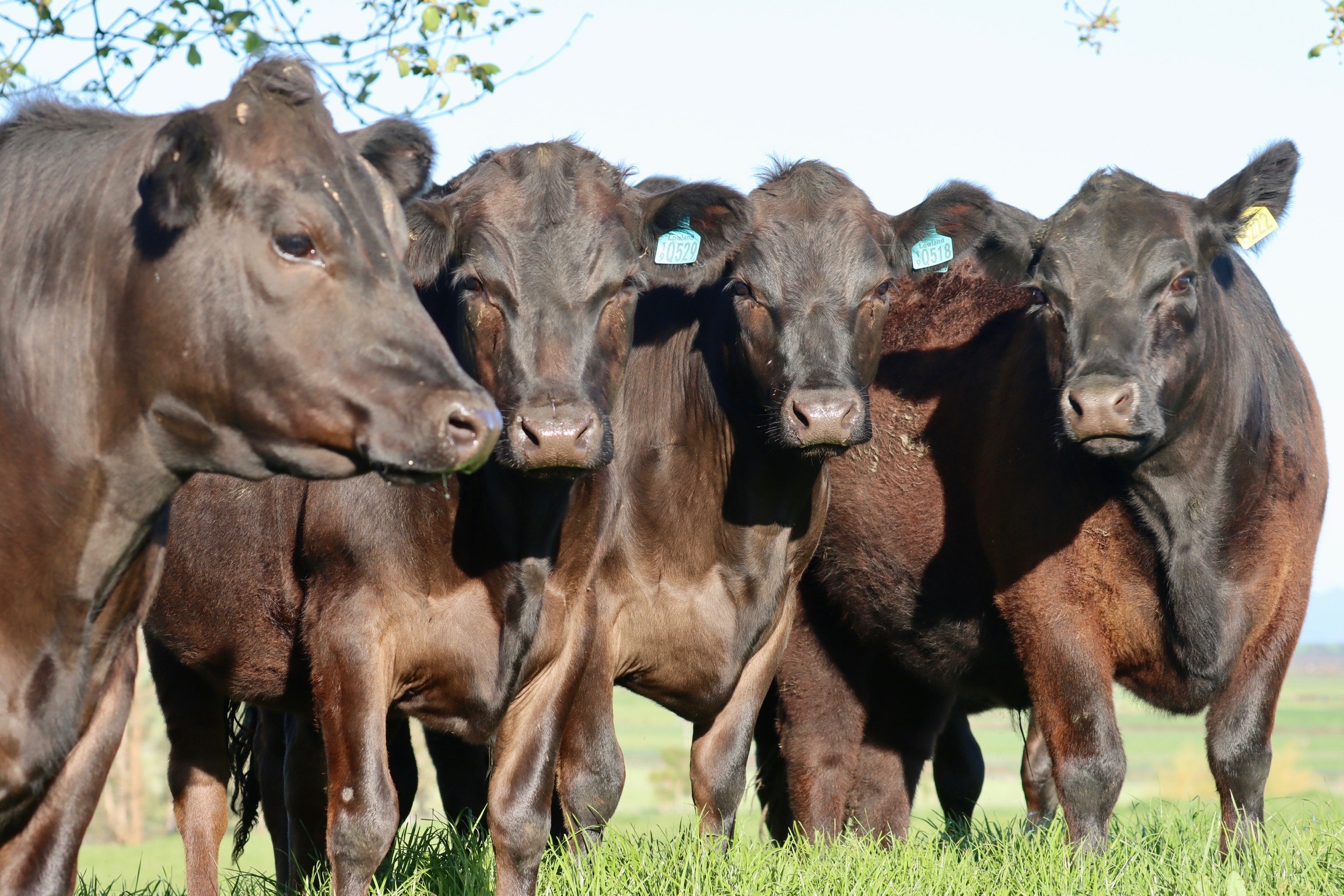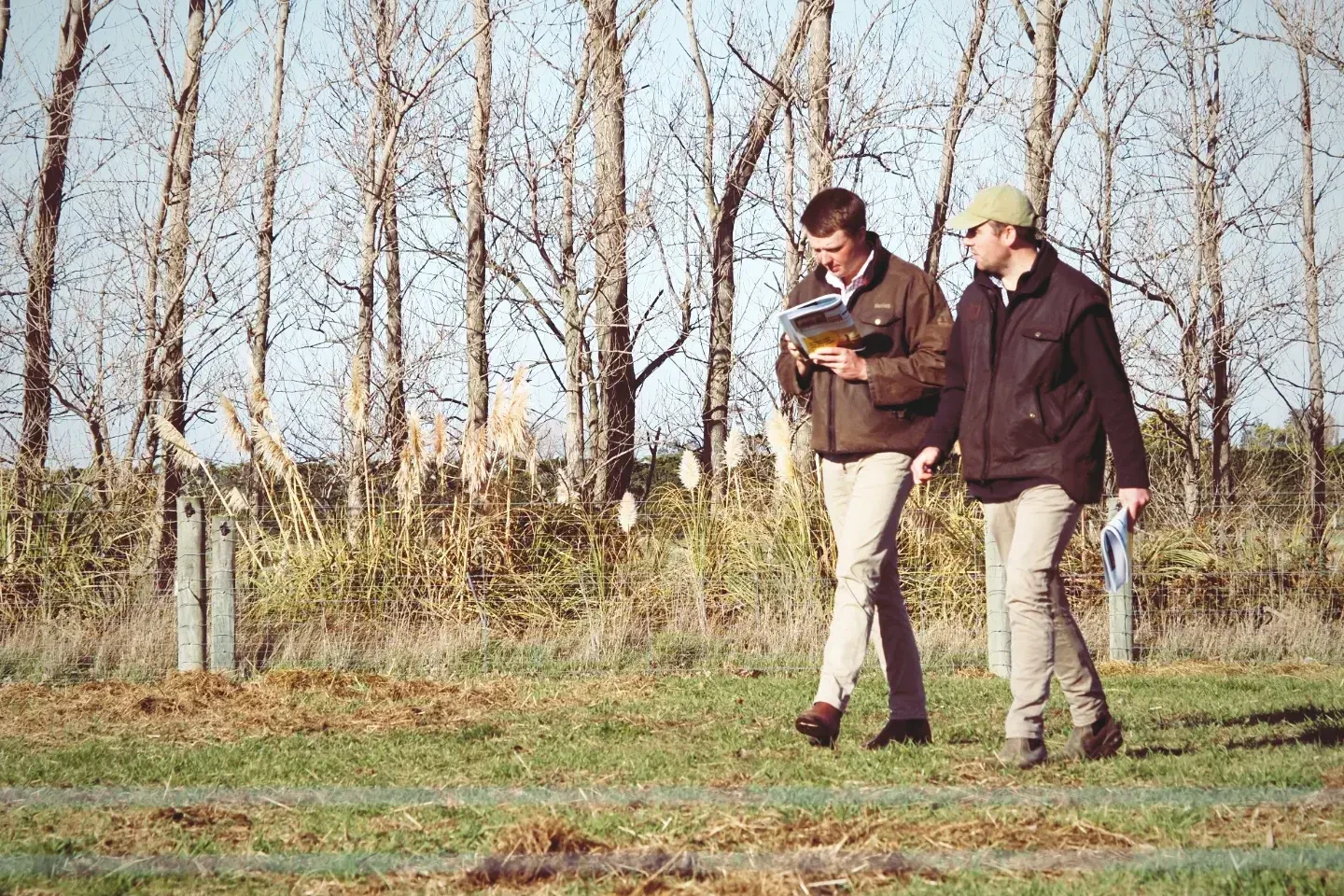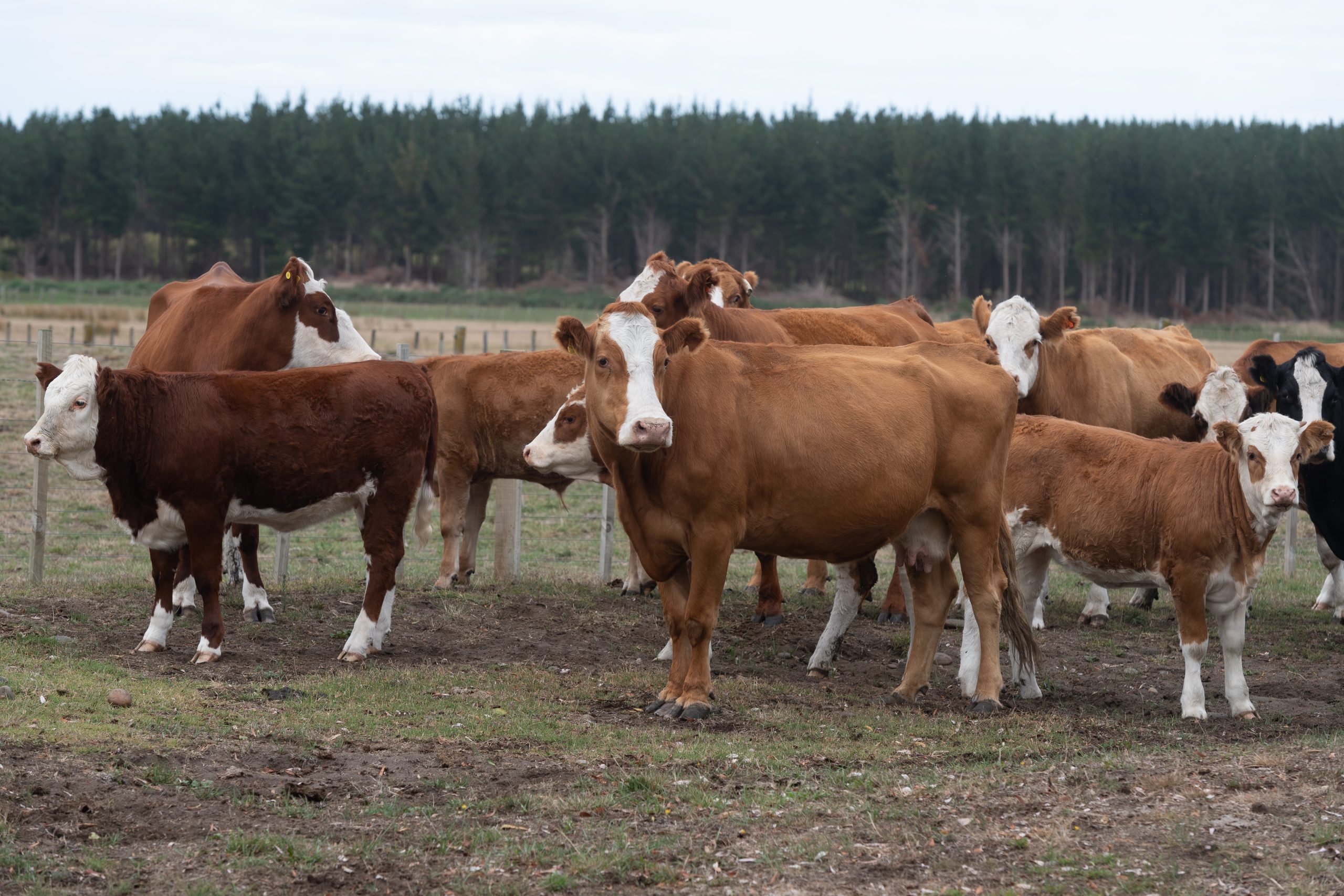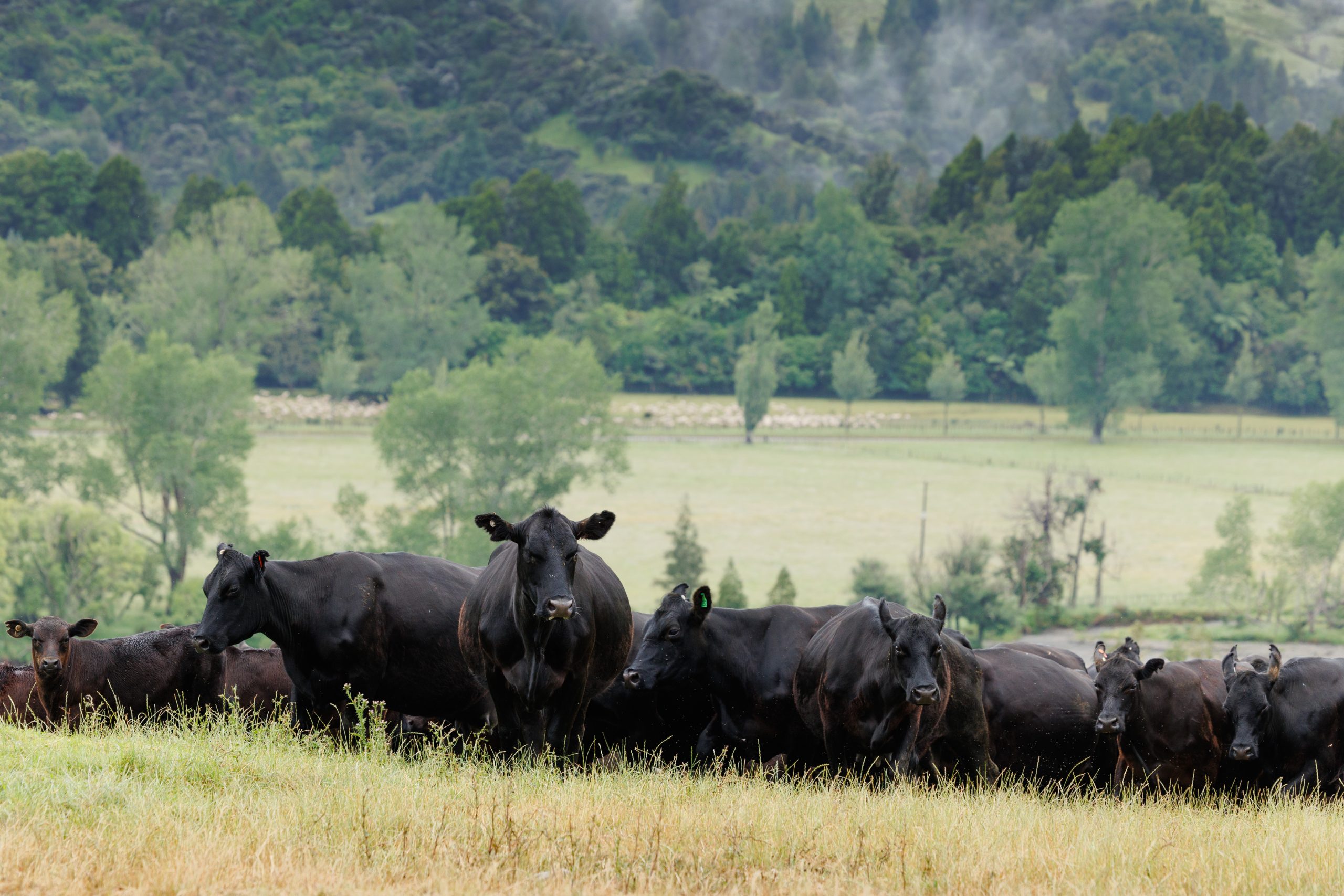Must demonstrate value to both the beef and dairy sectors
Dairy beef animals have to be the most efficient animals possible and genetics is a key factor. Words by Sheryl Haitana.

LIC’s beef semen sales are increasing 10% a year with the genetics company working toward gathering stronger data around the performance of those beef bulls over dairy cows to showcase the value to the red meat sector.
LIC wants to provide beef bulls who have strong data that add solutions to dairy farmers as well as giving farmers a valuable product to sell to finishers and processors, LIC’s beef genetics product lead Paul Charteris says.
“We want to be more targeted in the bulls we provide that have solutions across to finishers and processors.”
The foremost solution is helping dairy farmers produce a saleable calf. LIC has a responsibility to provide bulls with the traits to meet farmers’ needs and to articulate what the value proposition is of those bulls.
“Dairy farmers need to know more traits about the beef bulls they are using to produce the most valuable beef calf as possible.
“We need to be communicating what the value is to the rearer and the finisher.”
It’s quite easy to articulate the value of a bull to a dairy farmer that is not going to increase the gestation length. But it’s also about articulating the value of the beef traits of those dairy beef animals which are going to be important after they are born, like growth rate, carcass weight and net feed intake.
The Beef + Lamb NZ Dairy Beef Progeny Test which is co-funded by LIC will add more detail on these traits which will help a dairy farmer market a more valuable product to a finisher, Paul says.
“The Dairy Beef Progeny Test is providing an outstanding data set on how beef bulls perform when mated over predominantly crossbred NZ dairy cows.”
Knowing more around how these bulls are performing over dairy cows is an enormous part of the equation. These dairy beef animals have to be the most efficient animals possible. The more they can grow per unit of feed intake not only improves profitability and utilisation of pasture for the farmer, but also reduces a farm’s emissions profile, he says.
“If we can genetically provide animals via the dairy sector into the beef industry that helps reduce the emissions intensity for the beef industry then that’s a good thing.”
LIC’s BeefPrint index, which assigns beef bulls a score based on their estimated methane and nitrogen efficiency, is an example of LIC’s commitment to providing more solutions across the dairy and beef industries.
Dairy farmers need to know more traits about the beef bulls they are using to produce the most valuable beef calf as possible.
“It’s step one of a marathon providing information like BeefPrint. There is a whole lot more we can do.”
There are capital costs involved in gathering more data on traits on dairy beef cattle which LIC is here for, Paul says.
LIC is continuing to talk to beef processors to ask how they can add value, and ensure there is a market for these dairy beef animals.
“Whatever the issue is we are willing to pull the levers hard, whatever levers we can grab at at our end of the chain and work with the likes of processors further down the chain to help make change happen.
“We are really serious about the beef genetics we use over dairy cows, we want the best genetic merit bulls, to partner with top NZ breeders and make sure their breeding programmes are aligned with what our dairy farmers are wanting.”




